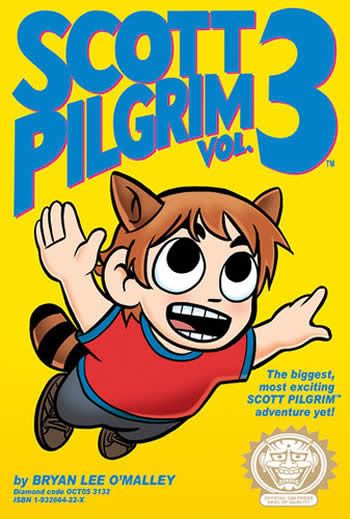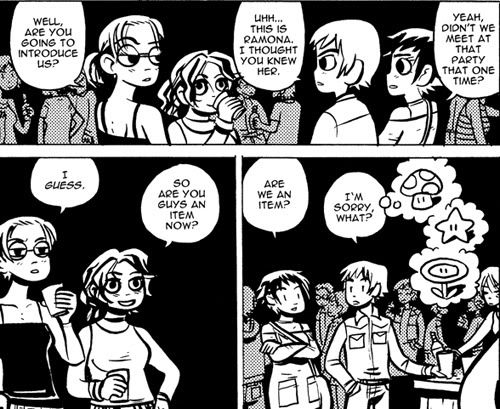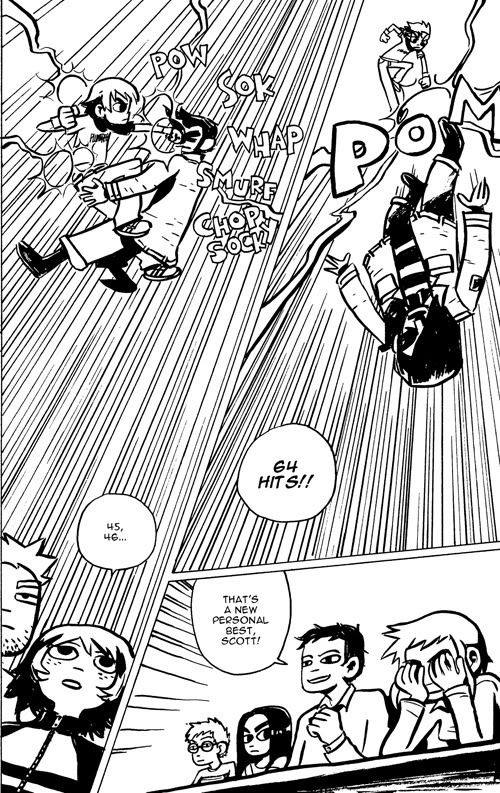
I have always been a pretty huge Silent Hill aficionado.
Moreso than Resident Evil or F.E.A.R., Silent Hill has always been my go-to survival horror series of choice. Unlike either of those two franchises, the Silent Hill series puts you in the shoes of someone who is both inherently inequipped to deal with the insane shit thrust upon them, and also a character who is integral to the narrative right from the start. The horrific and often traumatic world of each Silent Hill game is a direct product of the main character's own history and psychological state - and despite the fact that the odds are stacked against me from the start, I'm always sucked into the details. I'm not just an unlucky individual who found myself in a harrowing situation: I am somehow linked to the proceedings, and over the course of the game, I'll find out why.
I played the first three Silent Hill games back-to-back and each installment solidified my growing fervour. When I got around to playing The Room, some two years later, I appreciated the more immersive engine and the attempt to shake up the gameplay structure, but ultimately never got further than about a third of the way through it - I found it too difficult, even for a Silent Hill game, to get my bearings. And then some time passed before I was in a position, timewise and hardware-wise, to tackle the fifth entry in the series, Silent Hill: Homecoming.
Like the title of this post implies, I haven't played through that much of it yet - more than five minutes, admittedly, but less than an hour. And what I've experienced thus far has been simultaneously impressive and disappointing.
I love that your introductory level in the game is, in effect, a nightmare. I love that your character, Alex, is thrown immediately into the abandoned, effed-up Silent-Hill-hospital environment without any context or explanation, and is given a number of clues pertaining to a much larger mystery than you'll ever have the opportunity to solve in the span allotted to you. The structural design is clever and subtle and immediately familiar to anyone who's played a Silent Hill game in the past. And most likely terrifying to anyone who hasn't.
And I'll go even further and confess that the family theme, in particular the brother relationship, at the heart of Silent Hill: Homecoming is particularly engaging on a personal level. Silent Hill has always played up the family thing, but in the past, it always revolved around a daughter or a wife or a parent. It usually worked, but I'm finding myself especially drawn into this complex filial intrigue between Alex and his younger brother Josh (and it doesn't hurt that my own youngest brother is also named Josh. Spooky.)
So. It's appropriately spooky, it's well-written, it has a hook that grabs the player right away, and it employs a number of themes that are both compelling and feel like a natural progression for the series.
On to the bad.
This game is buggy beyond belief. So buggy, in fact, that every single time I have STOPPED playing it thus far has been due to a crash to desktop. Despite any number of patches and tweaks that I've hunted down and applied, it's the same thing over and over. Along with this, I've had to deal with control-scheme problems (no matter what I do, I cannot seem to map a key to move backwards) and glitches with both cutscenes and savegames.
And that leads me to my biggest frustration with Homecoming: the sheer lack of available save points.

See this? Yeah, you won't see much of it in Silent Hill: Homecoming.
During the intro nightmare sequence, I came across at least two - always situated along my path of progression, right out in the open, and typically in a room that I could easily make my way back to if real life intruded.
After that sequence, we're treated to a cutscene, a (very) brief opportunity to run around Alex's hometown of Shepherd's Glen, and then another cutscene which explicitly instructs you to get thyself to a particular nearby location. There are no apparent save points either during this short Shepherd's Glen sequence or in the location you, the player, naturally make your way to. In fact - unless you do some online investigation and discover that there is, in fact, a save point in a random innocuous building nearby following the second cutscene - you're treated to at least half an hour of puzzles, fights, further expository cutscenes, and obligatory exploration before you're given the opportunity to save again subsequent to the nightmare.
All of which would not be nearly so aggravating if the game didn't have the face-clawing tendency to bork itself back to the desktop at random intervals.
This is disappointingly poor game design on a couple of levels. First of all, these bugs shouldn't exist in the first place. There's a reason why QA testers are listed in the credits of every single game ever released... It means that a developer has run their game through the gauntlet, so to speak, before they felt confident enough to release it to the public. And yeah, glitches and bugs are a fact of life. You can't predict with 100% certainty how your game will play on any one randomly-chosen person's system. But if, post-release, it becomes apparent that it's going to be a problem, you figure out why and you address it in a patch. Which Konami has yet to do, and likely, at this point, will not even bother with.
But you know what? Let's say that's the case: your game turns out to be laden with unexpected problems, but you simply aren't in a position to tackle them. Here's a thought: give the player the option to quick-save. Seriously, why this is not a standard option in every single game released right now is a mystery to me. By and large, we all have lives and may, despite all reluctance to the contrary, need to unexpectly quit the game and deal with some banal responsibility. Even if Homecoming had been the recipient of rock-solid coding and never, ever crashed, quick-saving would be a necessity. And because it isn't rock-solid, it's that much more of a critical issue.
Sad to say - since Homecoming really does have so much to offer in terms of narrative and concept - but given my ongoing frustrations regarding phenomenally poor design choices and recurring gameplay bugs, I may not bother returning to it anytime soon... If ever. I mean, at some point, I'm going to stop fighting against the obstacles and turn my time and attention to Bioshock 2, Resident Evil 5, or another one of the dozen games I've put on the back burner just so I could give the latest Silent Hill entry a fair shake. I'm a patient man, but this is just getting ludicrous.

















